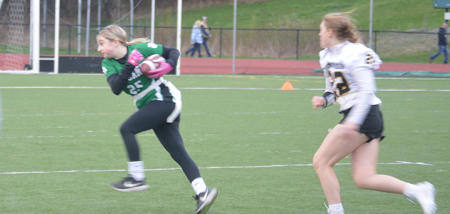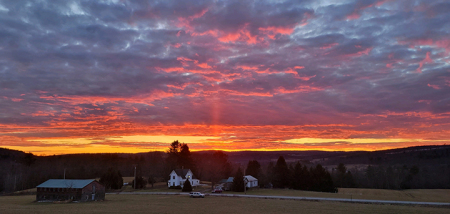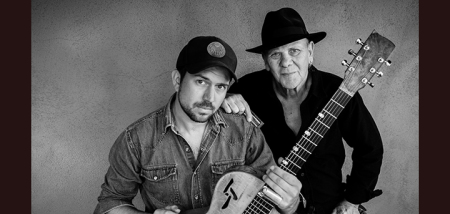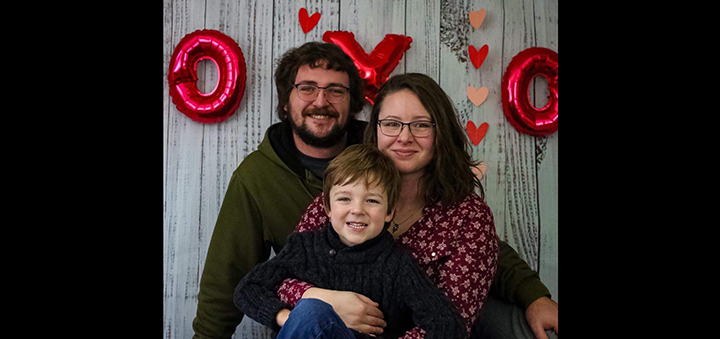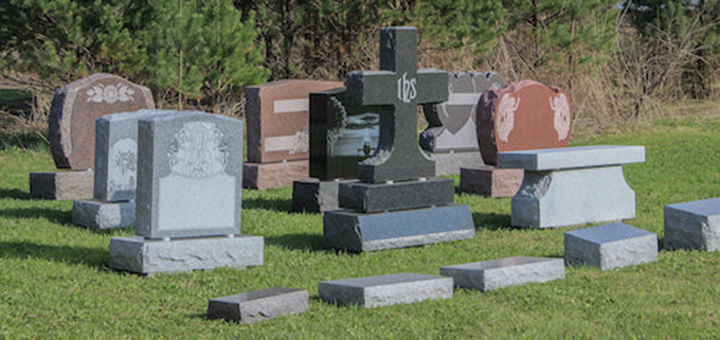The Dos And Don'ts Of Tracking Wounded Deer
Published:
November 7th, 2018
By:
Tyler Murphy
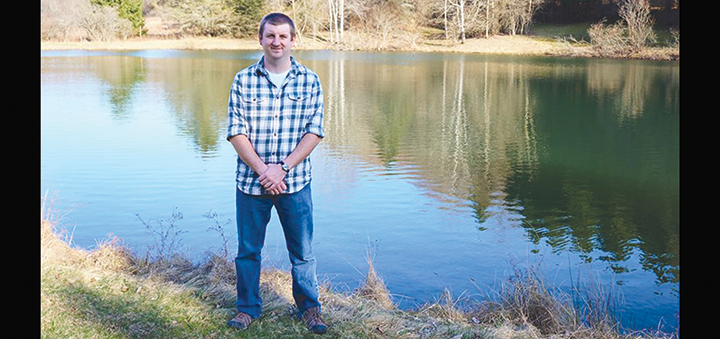
Eric Davis
Sun Outdoor Columnist
The most critical moments of a deer hunt are those right after releasing your arrow or pulling the trigger.
The location of your shot determines its fatality. While no hunter intentionally makes a poor shot, there are outside factors that can make the spot you aim for and the spot you hit be different.
Wind gusts, a twig that isn’t noticeable to the naked eye, or the animal moving in response to the shot all can change the course of your hunt. The most important thing is to be prepared for as many situations as possible.
Bring binoculars to your stand and use them to zoom in on shooting lanes to look for twigs or other small objects that can deflect arrows or bullets. If you do this early in the season you can have someone come with you and go trim them as you stay in the stand keeping the correct shooting lane in your vision. Practice shooting with varying wind speeds from different directions (crosswinds alter flight differently than headwinds). If you don’t feel comfortable shooting in a strong crosswind, don’t. Hunters have a responsibility to try to cause a quick, clean kill with their shot.
The Evening Sun
Continue reading your article with a Premium Evesun Membership
View Membership Options
Author: Tyler Murphy - More From This Author
Comments

